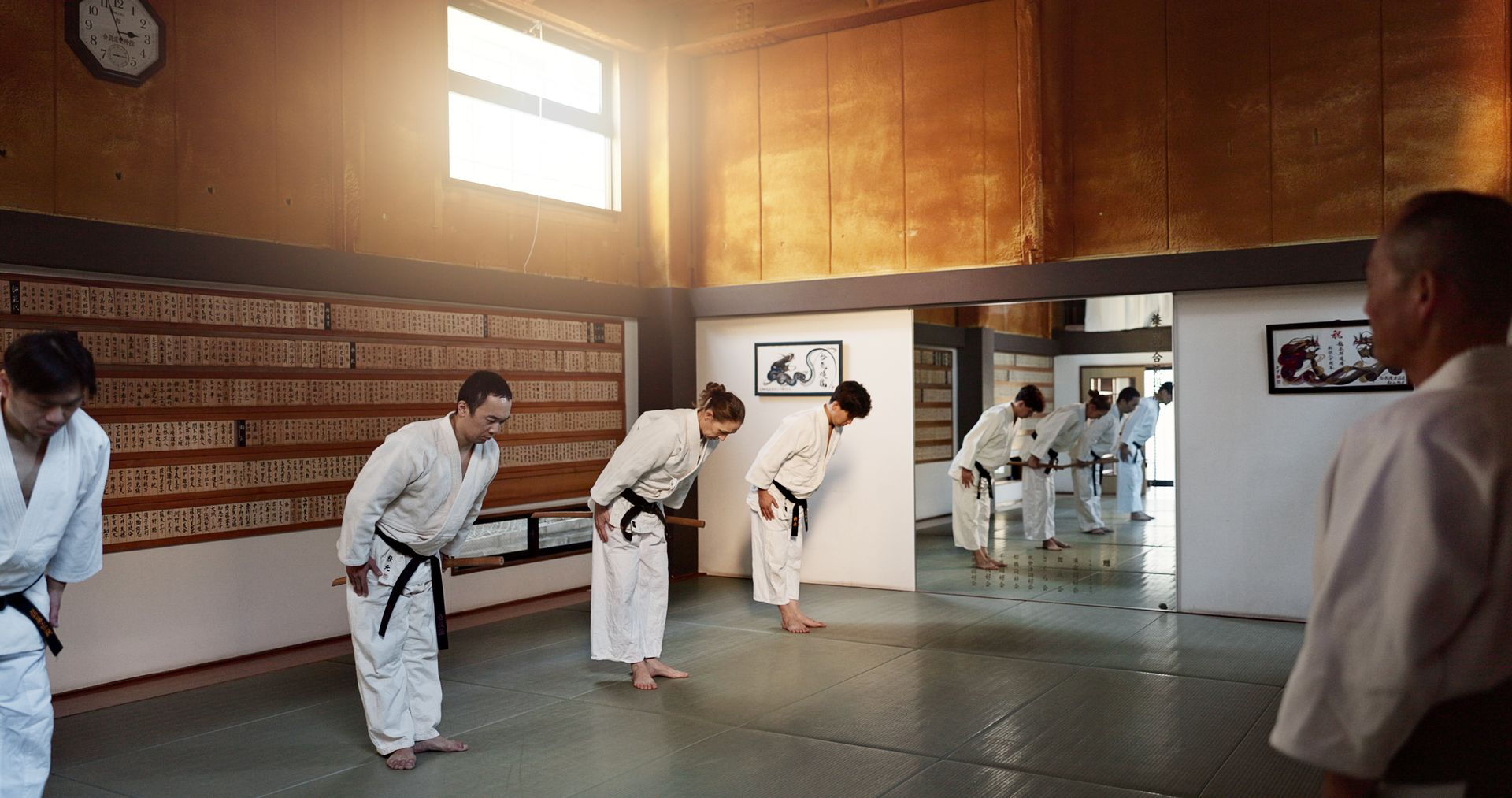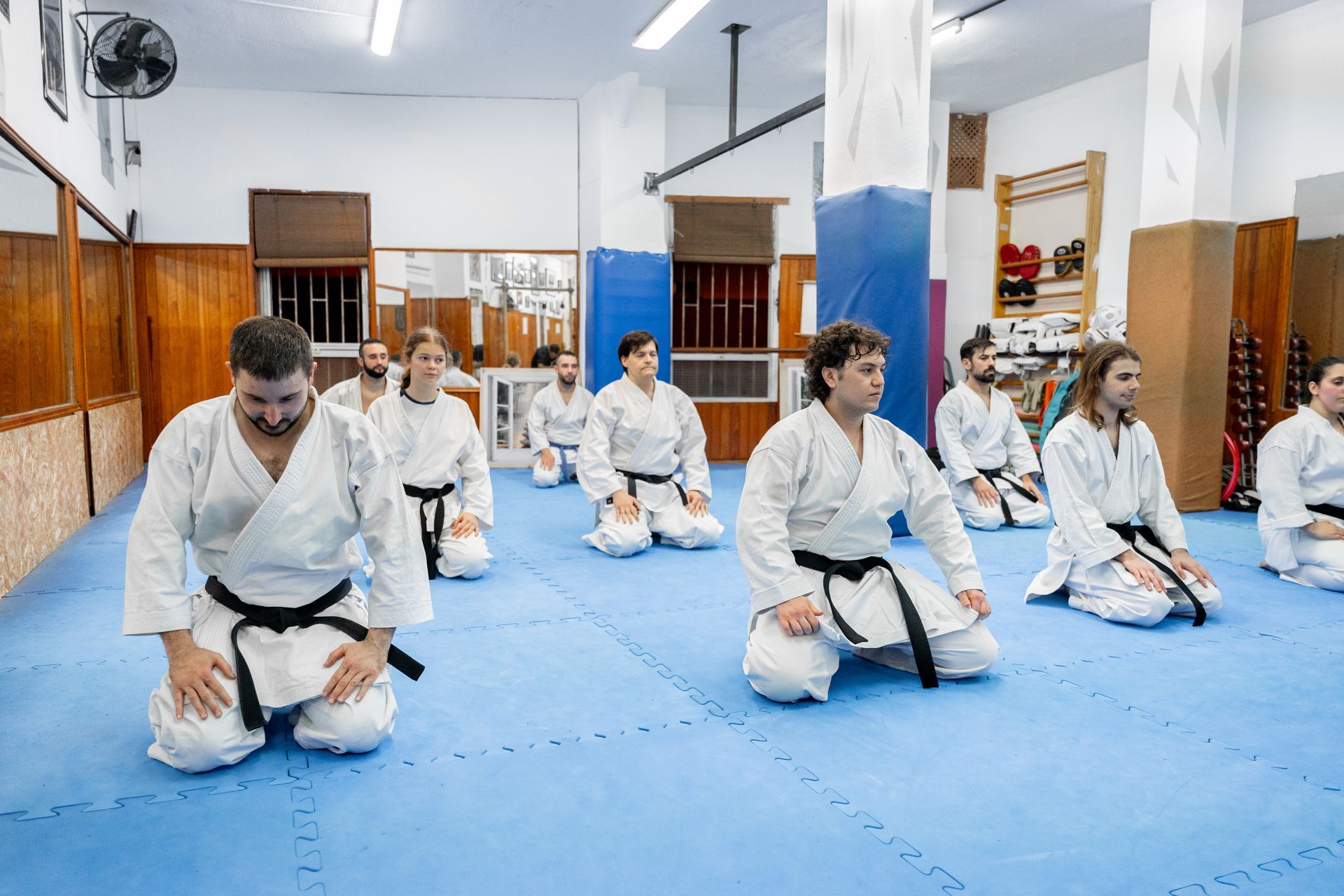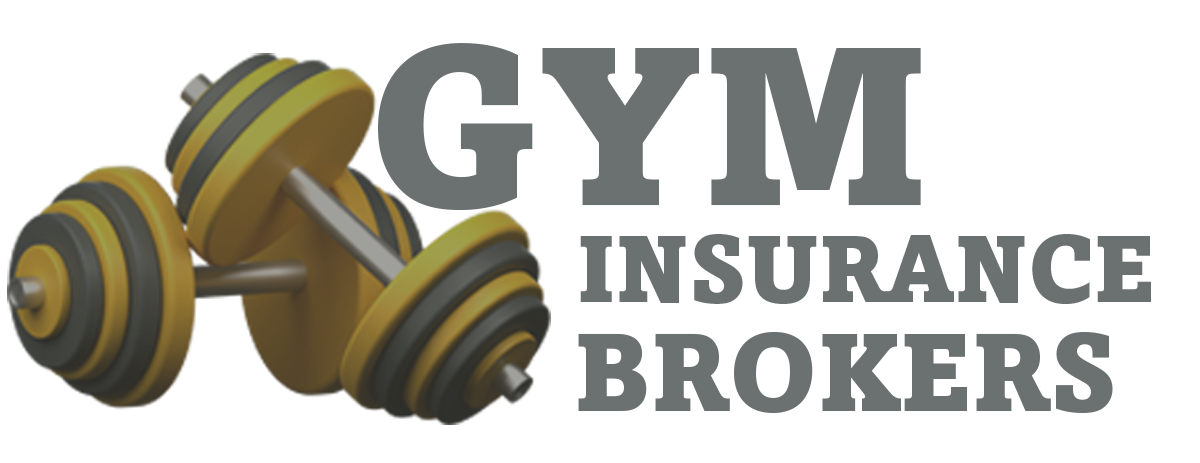Staying Financially Strong: How Martial Arts Gyms Can Navigate Inflation in 2025

Just as students learn discipline on the mats, gym owners must apply that same discipline to their financial decisions — especially in a year where inflation continues to influence operating costs. Running a martial arts dojo or fitness centre has always required resilience, but 2025 demands an even greater level of awareness and adaptability. Costs are rising, members are becoming more cautious with spending, and overheads continue creeping upward in ways that quietly erode your margins.
The good news is that you can maintain quality training, protect your business, and stay financially strong with the right strategies. Managing inflation isn’t about cutting corners. It’s about making smarter, more deliberate decisions that keep your dojo efficient, balanced, and stable regardless of economic pressure.
Below is a practical guide to help martial arts businesses stay strong in 2025.
1. Understanding the Real Impact of Inflation on Martial Arts Businesses
Every gym feels inflation differently depending on size, location, and business model, but the overall trends are clear:
• Utilities have increased
• Equipment costs continue to rise
• Instructor wages and staff expectations are higher
• Insurance premiums are climbing
• Rent and facility fees rarely decrease
• Members are more selective with their budget
This creates pressure from two sides: higher expenses and more cautious customers. For martial arts schools built on consistent memberships and strong retention, these pressures can challenge even well-established programs.
Inflation doesn’t have to weaken your dojo. It simply requires a more strategic approach to everyday operations.
2. Negotiating Better Deals With Your Suppliers
Many gym owners stay with the same suppliers for years without reviewing agreements or comparing alternatives. In times of inflation, that habit becomes expensive.
Why renegotiation matters:
• Suppliers want to keep reliable, long-term customers
• Loyalty discounts may be available
• Bulk pricing can reduce cost per unit
• Payment terms can often be improved
• More affordable brands or equivalents may exist
Items worth reviewing include:
• Training uniforms
• Protective gear
• First aid supplies
• Cleaning products
• Mats and flooring
• Retail and merchandise items
Even small savings create long-term financial improvements. Approach suppliers confidently and clearly — you offer them consistent orders, predictable billing, and long-term business.
3. Reducing Expenses Without Weakening Training Quality
Cutting costs does not mean sacrificing student experience. Some strategies actually strengthen professionalism while lowering overheads.
Optimise Energy Use
Electricity is a hidden drain on your budget. Simple adjustments can help:
• Use LED lighting
• Turn off unused fans and cooling units
• Use timers for external or signage lighting
• Improve natural airflow for better temperature control
Streamline Your Class Schedule
Many gyms run too many classes with low attendance. Consider reviewing:
• Class occupancy trends
• Instructor utilisation
• Session spacing and efficiency
A streamlined schedule reduces energy use, lowers staffing costs, and maintains strong class energy.
Refresh Membership Options
Instead of sudden price increases, adapt your offerings:
• Flexible memberships
• Family or sibling discounts
• Shorter-term plans
• Entry-level programs
• Loyalty perks for long-term members
Your goal is to provide value, not overload your prices.
4. Passing On Costs Fairly and Transparently
If you need to adjust membership prices, transparency is essential. Members respect honesty, especially when the changes support quality and safety.
Explain:
• Which costs have risen
• What improvements you’re making
• How the changes protect training quality
• Why the adjustment is necessary
Small, gradual increases paired with loyalty benefits preserve trust and stability.
5. Reviewing Your Insurance Without Sacrificing Protection
Inflation affects insurance in two major ways:
• Replacement costs rise
• Premiums across the industry increase
Many gym owners attempt to control costs by cutting coverage, but this can create serious risk. Instead, make smarter adjustments.
Compare Policies Thoughtfully
Speak with someone who understands martial arts, injury exposure, and sports insurance. A specialist can identify overlaps or redundant coverage.
Adjust Your Excess
Raising your excess slightly often reduces monthly premiums without harming your protection in major events.
Match Your Policy to Your Actual Risk
If you have more students, more equipment, or new programs, your policy must reflect that.
The goal is balanced protection — not underinsurance or unnecessary add-ons.
6. Strengthening Your Cashflow to Avoid Future Stress
Inflation disrupts cashflow. A strong plan keeps your dojo stable throughout the year.
Review All Recurring Subscriptions
Many gyms forget about:
• Unused software
• Auto-renewing services
• Marketing tools
• Payment processors with hidden fees
Remove or consolidate anything unnecessary.
Reevaluate Staffing
Match staff schedules to class demand. Cross-training instructors can reduce excess labour costs.
Improve Your Retention Systems
Retention is more profitable than recruitment. Review:
• Trial conversion processes
• Student follow-up systems
• Attendance tracking
• Communication channels
• Engagement activities
Keeping members engaged stabilises your income more effectively than relying on new sign-ups.
7. Reinforcing the Value of Your Programs
When members feel value, they stay — especially during inflation.
Strengthen your value through:
• Quality coaching
• Clean, safe facilities
• Clear communication
• Community-building activities
• Specialty workshops and seminars
• Parent engagement for kids’ programs
Your dojo is not a commodity. It’s a service built on leadership, skill, and culture. Make sure members feel the difference.
8. Preparing Your Gym for the Year Ahead
Managing inflation is about long-term thinking. You want to remain stable in 2025 and stronger in the years that follow.
Focus on:
• Staying adaptive
• Monitoring trends in rent, equipment, utilities, and insurance
• Controlling costs without harming student experience
• Communicating transparently
• Reviewing your coverage annually
These habits create resilience and long-term stability.
Final Thoughts: Inflation Isn’t the Enemy Complacency Is
Running a martial arts gym takes grit, discipline, and constant adjustment — both on and off the mats. Inflation is another challenge to navigate, not an obstacle that determines your success.
With strategic planning, operational discipline, and strong communication, your dojo can remain stable, profitable, and thriving no matter what the economy brings.
You’ve built something meaningful.
Now strengthen it for the future.






